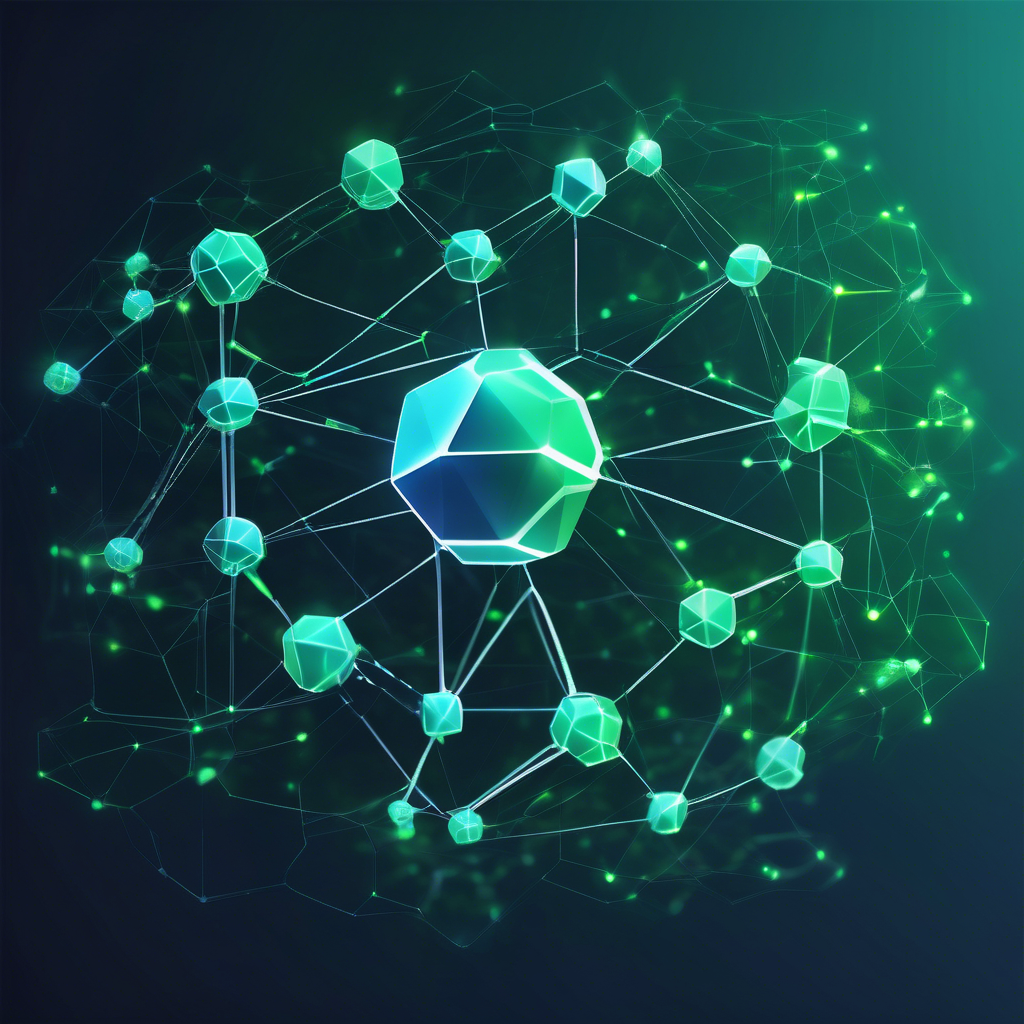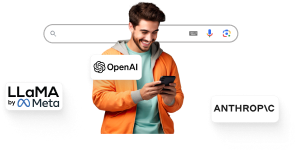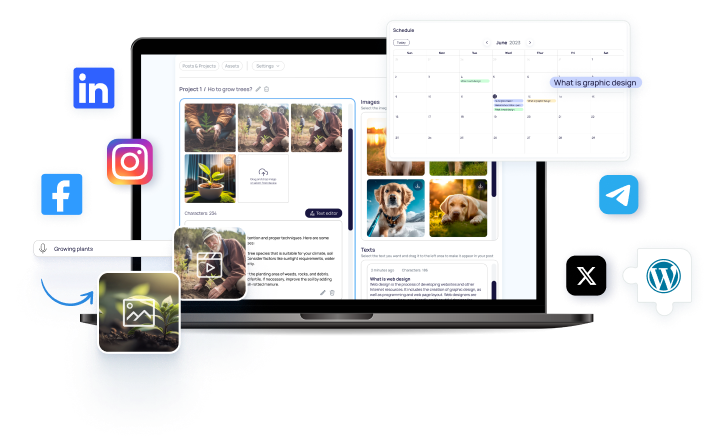None

A study of two chatbot programs revealed that artificial intelligence (AI) chatbots were capable of generating "average-quality" ophthalmic scientific abstracts. However, they also produced a troubling number of fake references. Approximately 30% of the references generated by both versions of the ChatGPT chatbot were either fake or unverifiable, although many appeared to resemble information found in legitimate medical literature. Furthermore, different AI chatbot detectors showed varying levels of accuracy in identifying chatbot-generated abstracts. The chatbots encountered difficulties when faced with challenge questions related to nuanced decision-making in ophthalmology. For instance, they struggled to differentiate between the effectiveness of oral and IV corticosteroids for optic neuritis. In response to a question about antiangiogenic agents for age-related macular degeneration (AMD), one version of the chatbot confidently asserted the superiority of one medication, without any qualifications. Danny A. Mammo, MD, and coauthors from the Cole Eye Institute at the Cleveland Clinic concluded that this report draws attention to the risks of relying on AI chatbots for academic research. Although chatbots can provide a helpful framework for academic endeavors, the content they generate must be thoroughly scrutinized and verified. The authors suggested that scientific journals should incorporate questions about the use of AI chatbots in their submission managers and remind authors of their responsibility to verify all citations if chatbots were utilized. Despite the problem of fake references, the authors noted that "both versions of the chatbot generated average-quality abstracts. " They emphasized that AI chatbots offer advantages such as time-saving and increased efficiency for authors, as they can generate well-written and grammatically correct sentences. Nicholas J. Volpe, MD, and Rukhsana G. Mirza, MD, from the Feinberg School of Medicine at Northwestern University in Chicago agreed, stating that chatbots should be seen as a valuable tool in the scientific writing process. Nevertheless, the authors stressed the need to recognize the limitations of chatbots. While they can facilitate efficient creation of text based on available information, it is crucial to acknowledge that this information may be outdated, biased, or incorrect. Ultimately, conclusions generated by chatbots lack critical thinking and understanding of the nuances of scientific decision-making. The ChatGPT 3. 5 AI chatbot, launched in late 2022, has revolutionized interactions with technology, including in healthcare.
The chatbot learns from human feedback to improve its responses over time. Version 4. 0, released earlier this year, incorporates enhanced capabilities in reasoning, complex instructions, and creativity. However, a major drawback of chatbots is their tendency to generate factual errors termed "hallucinations, " which deviate from the training data. Mammo and colleagues evaluated both versions of ChatGPT in terms of their ability to generate ophthalmic scientific abstracts. They aimed to determine the rate of hallucinations produced by the chatbot and assess the accuracy of two different AI output detectors in evaluating the abstracts. For each of the seven ophthalmology subspecialties (comprehensive, retina, glaucoma, cornea, oculoplastics, pediatrics, and neuro-ophthalmology), a challenge question was developed. The questions were input into both versions of ChatGPT to compare the accuracy and quality of the abstracts produced. Abstract quality was evaluated using modified DISCERN criteria specific to AI, which included additional criteria based on published assessments of language-learning models (LLMs). The criteria covered aims, relevance, sources, balance and nonbias, uncertainty, and overall rating. Added criteria focused on helpfulness, truthfulness, and harmlessness, rated on a 5-point Likert scale. Two AI output detectors (GPT-2 and Sapling) were used to assess the likelihood of the abstracts being generated by the chatbot. The performance of the chatbot versions was evaluated based on the scores provided by the output detectors. A score of 100% indicated that the text was generated by AI. The GPT-2 detector yielded mean scores of 65. 4% for abstracts produced by ChatGPT 3. 5 and 10. 8% for those generated by version 4. 0. The Sapling detector produced scores of 69. 5% and 42. 7% for the two chatbot versions. In conclusion, Mammo and coauthors highlighted the potential for increased research productivity, creativity, and efficiency with the use of AI language-learning models (LLMs). However, they emphasized the importance of maintaining the quality of scientific studies and adhering to publishing ethics in the new and uncharted frontier of generative AI. Charles Bankhead, a senior editor for oncology who also covers urology, dermatology, and ophthalmology, has been with MedPage Today since 2007.
Brief news summary
None
AI-powered Lead Generation in Social Media
and Search Engines
Let AI take control and automatically generate leads for you!

I'm your Content Manager, ready to handle your first test assignment
Learn how AI can help your business.
Let’s talk!
Hot news

Apple's AI Executive Joins Meta's Superintelligen…
Ruoming Pang, a senior executive at Apple who heads the company’s artificial intelligence foundation models team, is departing the tech giant to join Meta Platforms, according to Bloomberg News reports.

Ripple Applies for U.S. Banking License Amidst Cr…
Ripple has recently submitted an application for a Federal Reserve master account through its newly acquired trust company, Standard Custody.

AI in Autonomous Vehicles: Overcoming Safety Chal…
Engineers and developers are intensively working to resolve safety issues related to AI-driven autonomous vehicles, especially in response to recent incidents that have sparked widespread debate on the reliability and security of this evolving technology.

SAP Integrates Blockchain for ESG Reporting in ER…
SAP, a global leader in enterprise software, has announced a crucial enhancement to its enterprise resource planning (ERP) systems by integrating blockchain-based Environmental, Social, and Governance (ESG) reporting tools.

Middle Managers Diminish as AI Adoption Increases
As artificial intelligence (AI) rapidly advances, its influence on organizational structures—especially middle management—is becoming increasingly clear.

The Blockchain Group Bolsters Bitcoin Reserves Wi…
The Blockchain Group Strengthens Bitcoin Holdings Through $12

Kinexys Launches Carbon Market Blockchain Tokeniz…
Kinexys by J.P. Morgan, the firm’s leading blockchain business unit, is developing an innovative blockchain application on Kinexys Digital Assets, its multi-asset tokenization platform, aimed at tokenizing global carbon credits at the registry level.

 Auto-Filling SEO Website as a Gift
Auto-Filling SEO Website as a Gift








 Auto-Filling SEO Website as a Gift
Auto-Filling SEO Website as a Gift

